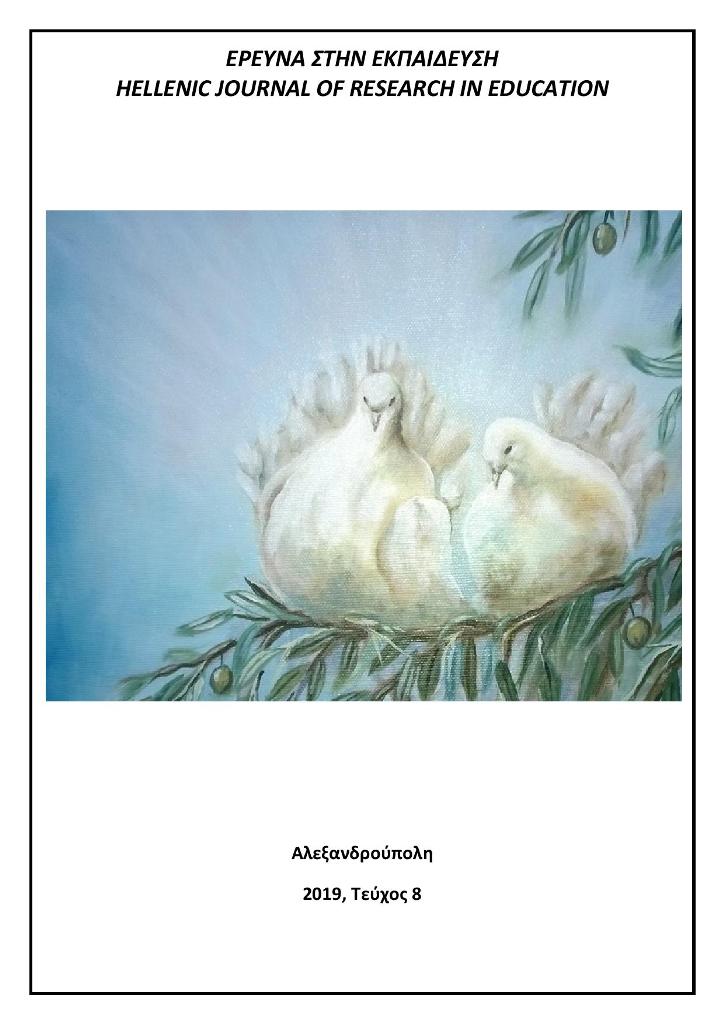The issue of educating children in the autism spectrum in Greece, based on the knowledge/perceptions and attitudes of teachers: A literature review

Abstract
The researchers conducted a literature review of teachers’ knowledge/perceptions and attitudes on the inclusion of students with Autism Spectrum Condition (ASC). Research was conducted in Google Scholar and databases ERIC and PubMed in order to find the relevant literature, using the following keywords “Teachers”, “Perceptions”, “Attitudes”, “Knowledge”, “General Education Teachers”, “Special Education Teachers”, “Autism”, “Primary teachers”, “Preschool teachers” and “Children with Autism”. From the search, 9 relevant articles were found. Results indicated that the teachers know the autism in a sufficient level and they have positive attitudes on the inclusion of these students. Furthermore, special education teachers and teachers with more experience on autism know better the autism compared to those who have not an experience on autism. In conclusion, teachers need more training programmes on autism. These programmes may help them to educate effectively these students and they develop positive attitudes on their inclusion.
Article Details
- How to Cite
-
Λάππα (Lappa) Χ. (Christina) Σ., & Μαντζίκος (Mantzikos) Κ. (Constantinos) Ν. (2018). The issue of educating children in the autism spectrum in Greece, based on the knowledge/perceptions and attitudes of teachers: A literature review. Hellenic Journal of Research in Education, 7(1), 44–63. https://doi.org/10.12681/hjre.16161
- Issue
- Vol. 7 No. 1 (2018)
- Section
- Articles

This work is licensed under a Creative Commons Attribution-NonCommercial-ShareAlike 4.0 International License.
Authors who publish with this journal agree to the following terms:
- Authors retain copyright and grant the journal right of first publication with the work simultaneously licensed under a CC-BY-NC-SA that allows others to share the work with an acknowledgement of the work's authorship and initial publication in this journal.
- Authors are able to enter into separate, additional contractual arrangements for the non-exclusive distribution of the journal's published version of the work (e.g. post it to an institutional repository or publish it in a book), with an acknowledgement of its initial publication in this journal.
- Authors are permitted and encouraged to post their work online (preferably in institutional repositories or on their website) prior to and during the submission process, as it can lead to productive exchanges, as well as earlier and greater citation of published work (See The Effect of Open Access).



